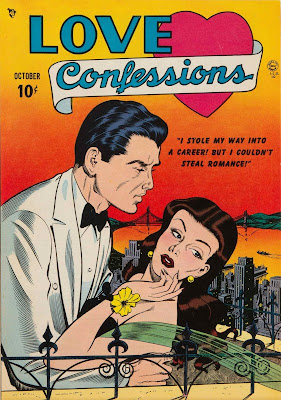The 1925 New York state census said James and his mother, Edna, a waitress, resided in Brooklyn at 316 Atlantic Avenue.
The 1930 U.S. Federal Census recorded James, his widow mother, and maternal grandparents, Thomas and Margaret Jones, at 316 Atlantic Avenue in Brooklyn. His father, deceased, was born in South Carolina and mother, a waitress, in Virginia. His grandparents had moved from Eastville, Virginia.
In the 1940 census, James and his mother were recorded under her maiden name, Jones. Both were unemployed. Also living with them was his mother’s brother, Dempsey. Their Brooklyn address was 5 Fleet Place.
James graduated from the School of Industrial Art around 1940. Other graduates around that time were Valerie Barclay and Mike Sekowsky.
Sub-Mariner Comics #3, Fall 1941
The Angel; inker
Mystic Comics #8, March 1942
Black Marvel; inker
Davey and the Demon; penciller and inker
Davey and the Demon; penciller and inker
USA Comics #4, May 1942
The Whizzer; penciller and inker
All-Winners Comics #5, Summer 1942
The Whizzer; penciller and inker
Mystic Comics #10, August 1942
Davey and the Demon; penciller; see Indexer Notes
Truthful Love #2, July 1950
“Classroom for Romance”; penciller and inker
There was speculation Ernie Hart used the pen name, “Howard James”.
A Public Records Index at Ancestry.com had two New York City addresses for James: 34-12 113 Street, Corona.
James passed away on August 24, 2010. The Social Security Death Index said his last residence was Flushing. An obituary has not been found.


%209%2021%20Aug%201944%E2%80%9321%20Aug%201945%2001.jpg)
%209%2021%20Aug%201944%E2%80%9321%20Aug%201945%2002.jpg)
%209%2021%20Aug%201944%E2%80%9321%20Aug%201945%2003.jpg)
%209%2021%20Aug%201944%E2%80%9321%20Aug%201945%2004.jpg)
%209%2021%20Aug%201944%E2%80%9321%20Aug%201945%2005.jpg)
%209%2021%20Aug%201944%E2%80%9321%20Aug%201945%2006.jpg)
%209%2021%20Aug%201944%E2%80%9321%20Aug%201945%2007.jpg)
%209%2021%20Aug%201944%E2%80%9321%20Aug%201945%2008.jpg)
%209%2021%20Aug%201944%E2%80%9321%20Aug%201945%2009.jpg)
%209%2021%20Aug%201944%E2%80%9321%20Aug%201945%2010.jpg)
%209%2021%20Aug%201944%E2%80%9321%20Aug%201945%2011.jpg)












































































